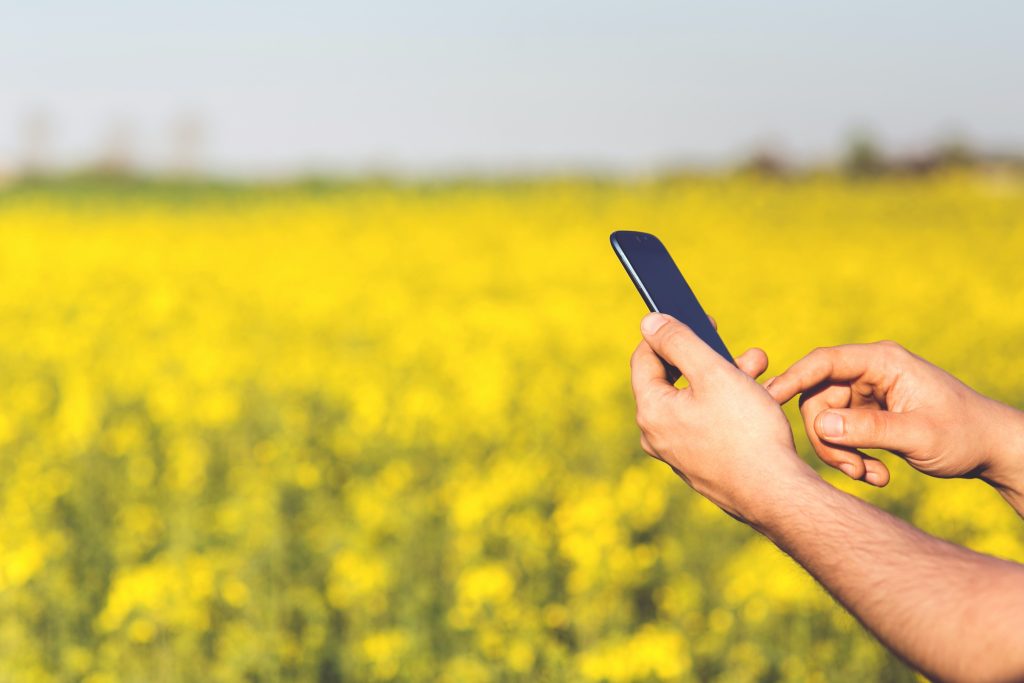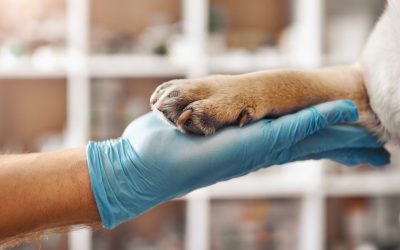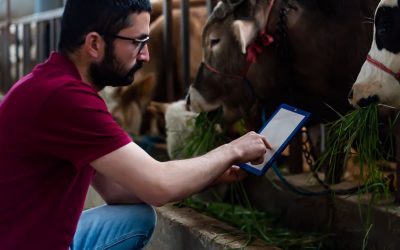Digital Revolution in Animal Health
What is the digital revolution in animal health?
The digital revolution is transforming the animal health industry. By 2025, the global animal health market is expected to be worth $US36.7 billion – up from $US21.6 billion in 2015, according to Grand View Research. The digital revolution is being driven by a number of factors, including the increasing use of smartphones and other mobile devices, the growing popularity of social media, and the rise of the “internet of things” (IoT). These technologies are giving rise to new ways of monitoring and managing animal health, as well as new opportunities for marketing and communication. For example, there are now a number of apps available that allow farmers to track the health and productivity of their animals. There are also apps that allow pet owners to track their pets’ activity levels and find lost animals.
What the digital revolution means for animal health
In the past decade, there has been a digital revolution in animal health. This has meant new ways of diagnosing and treating diseases, as well as communicating with owners about their pets’ health. One of the most important changes has been the move from paper records to electronic health records (EHRs). This has made it easier for veterinarians to access medical histories and share information with other members of the animal healthcare team. It has also allowed owners to have more involvement in their pet’s care. Another big change has been the development of telemedicine, which allows veterinarians to consult with specialists and owners without having to travel. This is particularly beneficial for rural areas, where access to veterinary care can be limited. The digital revolution has also brought new diagnostic tools, such as CT scanners and MRI machines.
Why the digital revolution is good for animal health
The digital revolution is good for animal health because it helps veterinarians diagnose and treat illnesses more quickly and accurately. Digital technology also allows for the development of new treatments and prevention strategies for diseases. Additionally, digital technology can help track the health of individual animals and populations of animals, allowing for early detection of outbreaks of disease.
Digital innovation is growing day by day.
Digital technology is being developed and implemented in the field of animal health at an exponentially rising rate. While it took dairy farming 150 years to go from manual milking to mechanised milking, only in the last three decades have milking robots, wearable sensors, and heat detectors been developed to pinpoint the ideal time for cattle breeding. In the same decades, the number of pets has increased dramatically in all nations. In recent years, families in both the United States and the European Union have added roughly 1 million dogs yearly. This expansion has prompted the development of instruments for quicker, more efficient, species treatment that can assist veterinarians in managing the steady stream of tiny animals coming into the clinic.
Conclusion: where the digital revolution is taking us
As we continue to see an increase in the use of digital technology in animal health, it is clear that the digital revolution is taking us to a new level of care for our animals. This new level of care is one that is more efficient and effective, and it is one that will allow us to better meet the needs of our animals.



